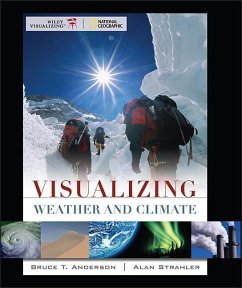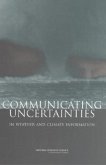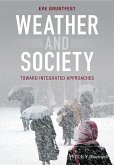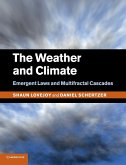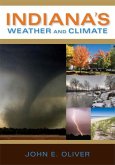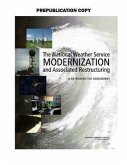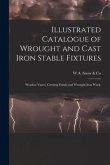Share your passion for meteorology... Rainfall witin a Tropical Cyclone This set of satellite images show two views of Hurricane Emily in the Gulf of Mexico on July 20, 2005. In part A, we see a satellite image of clouds, with the storm's eye at the center.Although this image gives a sense of the scale of the hurricane, it does not identify where the winds are most intense or where rainfall is heaviest. Part B is an image produced using a special radar aboard a satellite that maps water droplets, providing a three-dimensional image of the tropical cyclone. Note the very intense rainfall near the eye (represented by the red colors), as well as the local rainfall in the bands to the northwest and southeast of the eye. CONCEPT CHECK STOP What are the weather characteristics of an eargerly wave? What are the characteristic features of tropical cyclones? How do scientists measure pressure, winds, and precipitation within tropical cyclones? Partners in Learning: Helping teachers teach and students learn For the increase and diffusion of geographic knowledge
Hinweis: Dieser Artikel kann nur an eine deutsche Lieferadresse ausgeliefert werden.
Hinweis: Dieser Artikel kann nur an eine deutsche Lieferadresse ausgeliefert werden.

